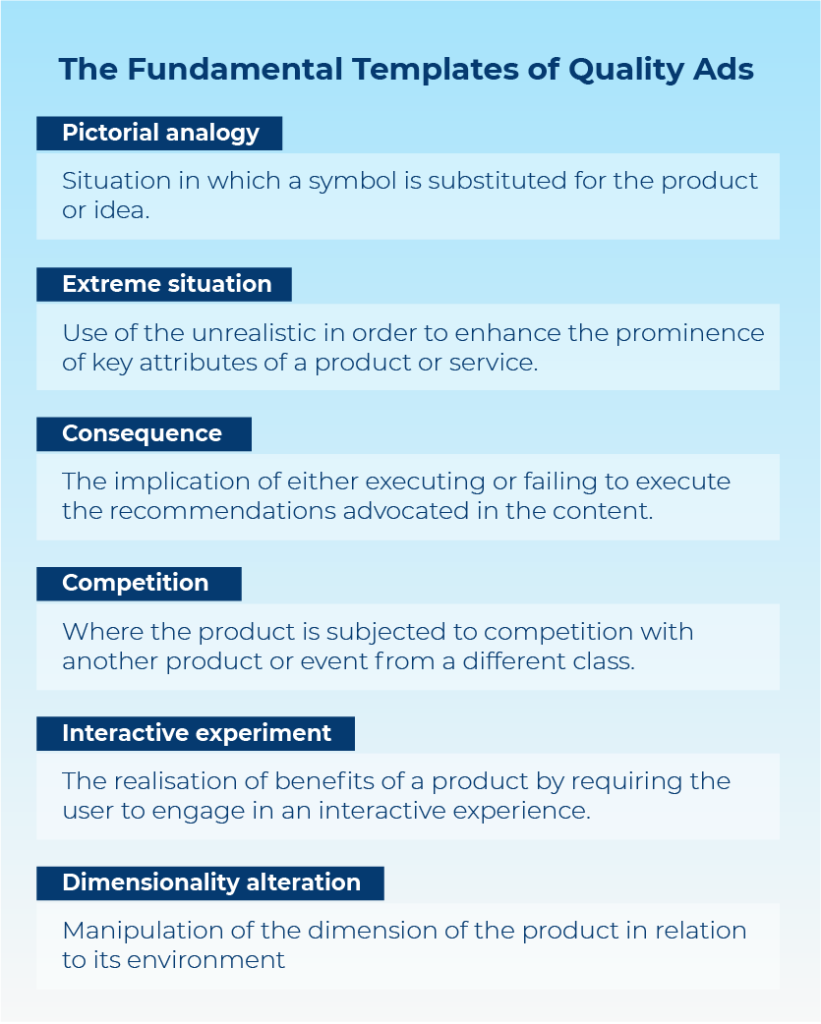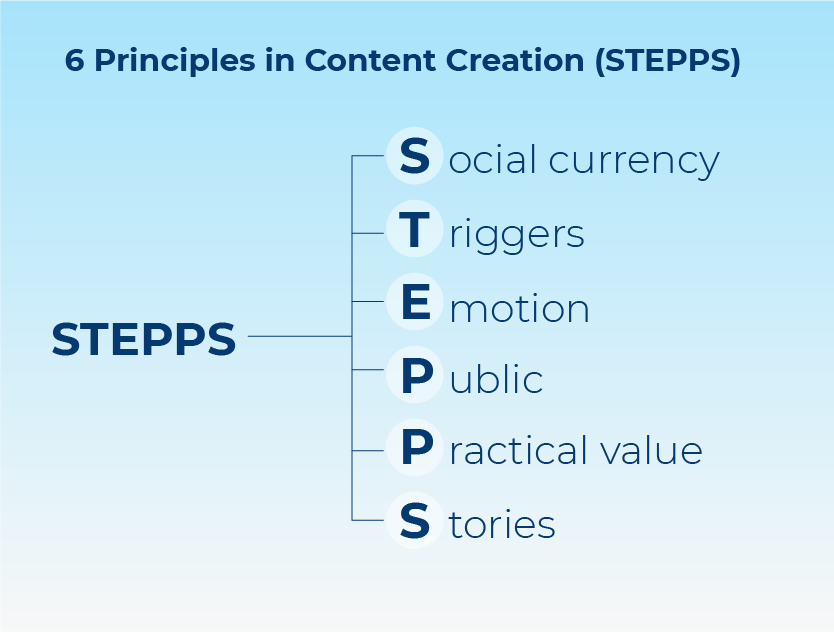

What makes content sticky?

How do you create content that sticks out in the minds of your audience? By Simon Kearney
Looking for insights into what makes great content, I’ve recently delved into a host of good books that look at the subject. The search began with a book called Hit Makers by The Atlantic writer Derek Thompson. It promises to show you how to succeed in an age of distraction. I’m constantly distracted so this was a good place to begin.
Thompson looks at what works and why it works. Some creators are really good at getting it. Others struggle. There is no easy way to cross this bridge.
We need to chase the ah-ha moment
What Thompson finds is we’re all looking for that moment where we get it, go ah-ha, or just feel good inside about what we’re seeing.
In its simplest terms it’s about combining old and new ideas in interesting and novel ways.
“Most people are reliably drawn to new ideas that remind them of old ideas,” writes Thompson.
What does this mean?

What I took from this is that there are some simple techniques you can apply to help you create great content. There is no formula, only technique. Technique applied to the unique circumstances of every content piece that you work on.
“Designing for humans means abandoning the childish dream of a universal formula and embracing a more chaotic dance between novelty and wonder, belonging and uniqueness, familiarity and surprise,” writes Thompson.
Kevin Allocca, the head of culture and trends at YouTube, freely admits in his book Videocracy that he doesn’t really understand what makes a video go viral. He actually does and he doesn’t. I guess that’s the point of what makes something popular. If everyone knew how to do it, then it wouldn’t work anymore.
“The aesthetic of YouTube is about stripping away the artifice that prevents us from connecting with the things people make, the people who make them, and the other people who watch them,” Allocca writes.
That’s what I want to do with this article — strip away the mystery from content creation and look at the techniques that are learned over time to create good work.
Maybe it’s time to teach rhetoric again
Some of the favourite things I learned in Hit Makers were rhetorical devices speechwriters use, such as the anaphora, tricolon, and anti-metabole.

The what you ask?
- Anaphora – repetition of the beginning of the sentence.
We shall fight on the beaches, we shall fight on the landing grounds, we shall fight in the fields — Winston Churchill
- Tricolon – repetition in short triplicate
Government of the people, by the people, and for the people — Abraham Lincoln
- Anti-metabole – rhetorical inversion
It’s not the size of the dog in the fight; it’s the size of the fight in the dog — unknown
Maybe it’s about time the art of persuasion, or rhetoric, made a comeback as a serious subject, as it once was. That’s what we’re really talking about these days. With so much choice on what content to consume, you have to persuade people to pay attention.
But what grabs people’s attention?
Over 20 years ago, a formula for successful ads was codified and explained in a way that was trainable and shown to produce good results.
Called The Fundamental Templates of Quality Ads, it was produced by a group of Israeli scientists who looked at hundreds of ads to see if there were formulas and if they were easily replicable. Once again, it’s really about technique. Understanding different techniques that will work in different circumstances.
Here’s a summary of the templates

If you want to dig deeper — here’s a good post that applies the templates to making Facebook ads.
Why things catch on
At Christmas last year, a friend gave me a most unfortunately titled book given the year we’ve had since. Contagious is a book by American marketing professor Jonah Berger about why things catch on. If you picked this up in a bookstore to learn about COVID-19 you’d be wrong, although you might learn a thing or two about fake news.
Berger is a marketing professor at Wharton School of Business at the University of Pennsylvania in the United States. His expertise is word-of-mouth communication. Unlike Thompson’s book which is written as a piece of journalism, Berger’s book is more closely based on his own and other academic research — and a host of great real life examples.

Berger arrives at six principles to observe in creating content. He calls them STEPPS — because everyone must have a snappy acronym these days — and they are:
- Social currency: Does talking about your product or idea make people look good? Can you find inner remarkability? Leverage game mechanics? Make people feel like insiders?
- Triggers (context really): Consider the context. What cues make people think about your product or idea? How can you grow the habitat and make it come to mind more often?
- Emotion: Focus on feelings. Does talking about your product or idea generate emotion? How can you kindle the fire?
- Public: Does your product or idea advertise itself? Can people see when others are using it? If not, how can you make the private public? Can you create behavioural residue that sticks around even after people use it?
- Practical value: Does talking about your product or idea help people help others? How can you highlight incredible value, packaging your knowledge and expertise into useful information others will want to disseminate?
- Stories: What is your Trojan Horse? Is your product or idea embedded in a broader narrative that people want to share? Is the story not only viral but also valuable?
You can see why Berger is an expert on word-of-mouth communication. He looks very closely at the connective tissue of ideas and information.
Berger himself has a couple of mentors in this line of thought. Two brothers, Chip and Dan Heath, whose 2007 book Made to Stick was next on my list of reads.
Looking at why some ideas survive and others die, Made to Stick has its own acronym too: SUCCES(S) — Simple, Unexpected, Concrete, Credible, Emotion and Story.
Aimed at teachers and business people as much as creators, Made to Stick is really a nuts-and-bolts guide to great content creation technique.
The chapter on simplicity should be taught in high-school as a basic life lesson. From it, I took a way a new way of managing my company, how I look at branding, plus all the basic stuff like the usual battle to get clients to say less rather than more in their content. It teaches you to think like politicians (or their advisors) and simplify messaging into something so simple it can be contained in one sentence. For example, Bill Clinton’s “It’s the economy, stupid”, and then using this simple statement as a rallying cry, constant reminder, promise, and a warning.
The chapter on the unexpected speaks for itself; we like to be surprised. So I won’t dwell on it further.
Concrete details not only make every story come alive, they lend credibility. Chris Voss, one of the FBI’s top former hostage negotiators, says in his book Never Split the Difference, that when negotiating a final number you should always use precise, non-round numbers. “It gives the number credibility and weight.” This is something every salesperson knows instinctively too.
Credibility is interesting because it looks at what is all too familiar to us now, fake news and a growing distrust in institutions. The book proposes using a Sinatra test when talking about your credentials — that is find the New York, New York example to prove your credibility. “If I can make it there, I’ll make it, anywhere,” the chorus goes. One of our Sinatra tests for creating content at Click2View is creating public policy articles and podcasts for the Lee Kuan Yew School of Public Policy, one of the top graduate schools in the world.
Emotion is important, we get drawn in when something tugs at the heart strings.
And finally, story. The brothers Heath describe how stories are the “flight simulators for life” and detail how in many professions and businesses social storytelling is an unwritten training bible.
So here’s my final advice on making sticky content:
Use the meta plot
One of the things I always think about in creating anything, from a sentence to a story is what is known as the meta plot. The idea of the meta plot comes from Christopher Booker’s The Seven Basic Plots and it explains the basics of holding people’s attention with a storyline. It is for instance the fundamental formula of reality TV. Many other books, movies and television programs — good and bad — adhere to the structure. The meta plot is simple: we move from anticipation > to dream > to frustration > to nightmare > and resolution. And repeat.
Follow technology
Content has always followed technology. Music has changed as the technology to play it, hear it, see it and share it has evolved. Mobile phones and smartphones in particular are changing how we read and write. The image and text are beginning to merge and come into their own as a unified mode of communication in memes. Emoticons can form sentences. Embrace new platforms and learn from them.
But don’t get too ahead of yourself
In Hit Makers, Derek Thompson talks about the father of American design Raymond Loewy and his acronym — MAYA, most advanced, yet acceptable. Push the boundaries but remember that people like new ideas that remind them of old ideas.
Finally, don’t be afraid of meaning
We may feel bereft of meaning at the moment, I’m writing this on the day America votes to choose between Joe Biden and Donald Trump as US President. Beware the dumb shortcut.
Audiences want meaning, they seek out greater understanding — that goes for the conspiracy theorist as much as the truth seeker. “Preferences are guided by an interplay between the complex and the simple,” Thompson writes. As content creators we need to avoid over-simplification, i.e. the shortcut and focus on the ability to tell complex stories in a simple way. This is our value add as professional content creators.
Let us help you create quality editorial, video and social content. Reach out to CEO Simon Kearney at [email protected]
Read more from Click2View:
- Learn which platforms can help you record videos remotely .
- Who are the winners and losers in the post-pandemic world?
- This is how you level up your conversions with A/B testing
Sign up to our newsletter for a weekly update on the latest content marketing news. Don’t forget to subscribe to our YouTube channel too!
Click2View is Southeast Asia’s premiere full-service independent B2B content marketing agency servicing clients like Microsoft, Google, Visa, Prudential, and the Lee Kuan Yew School of Public Policy.








